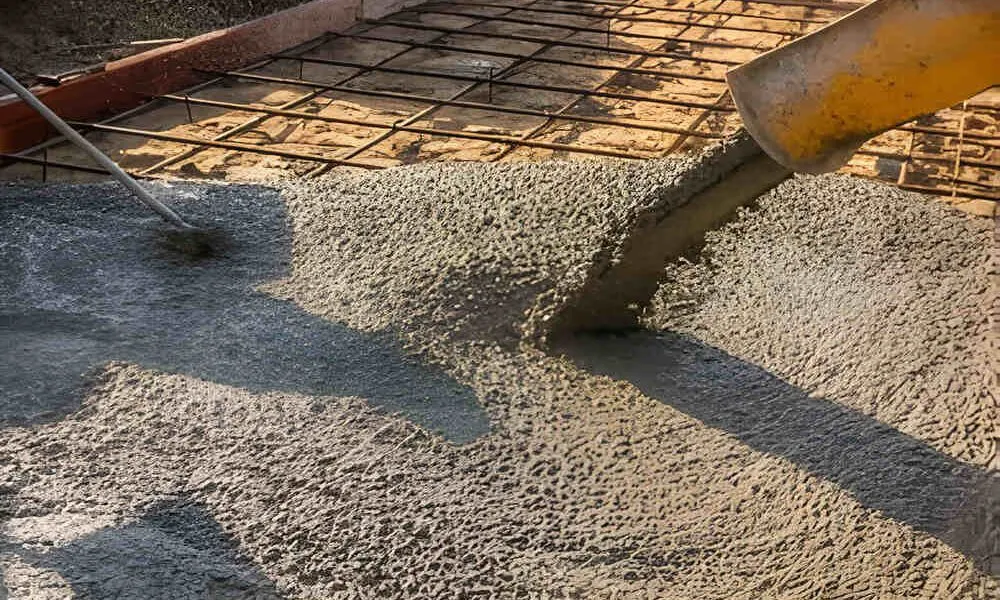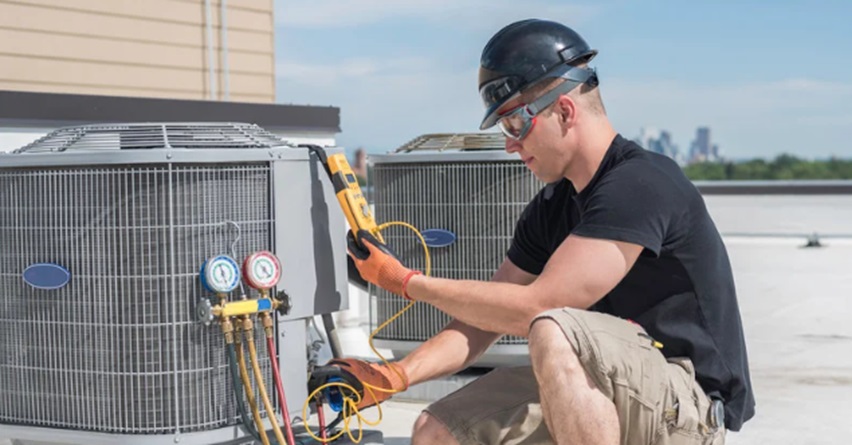Sunken concrete poses a common problem to homeowners who notice damaged concrete on their properties because it affects both safety and visual appeal. The following guide explains all possible factors that lead to sunken concrete.
Common Causes of Sunken Concrete:
Soil Erosion functions as the main reason that causes concrete surfaces to sink. The continuous flow of heavy rainfall together with runoff operation results in soil loss underneath your concrete surfaces. Erosion attacks the concrete foundation until it becomes unstable which results in warped concrete surfaces with fractures appearing.
Construction quality at the time of installation directly influences the prevention of concrete settlement. During concrete installation, when the soil is not properly compacted, it creates empty spaces under the surface, which ultimately causes the concrete to sink over the years. The quality of concrete settlement depends on proper compaction methods for future integrity. For projects involving heavy equipment, the XL Guardian HDG for Heavy Loads provides a durable solution for safely transporting machinery needed to address concrete settlement and ensure long-term stability.
Water infiltration into concrete structures creates substantial threats because of its destructive nature. The concrete structure weakens when it stays in contact with water for long periods which results in settlement damage. Concrete stability as well as subbase integrity requires proper drainage systems for their maintenance.
The growth of tree roots and vegetation near concrete slabs contributes to their settlement. Tree roots apply substantial pressure on concrete which leads to the sinking and cracking of the material.
Protection of roots from pressure damage can be achieved by implementing barriers along with modern landscaping methods.
Soil Consolidation Over Time Happens Gradually Through Soil Settlement That Results In Compaction. Natural soil settlement develops into concrete sinking when it remains unmanaged. The stability of concrete depends heavily on routine observations of soil consolidation as well as implementing appropriate preventive steps.
Moles and groundhogs which are considered critters make holes below concrete by creating underground tunnels. The voids beneath the slab weaken its structure which causes both sinking and instability.
Self-Assessment Guide for Concrete Slabs
- An inspection of the concrete surface should include a search for cracks and fissures as well as uneven areas. A slow and careful stride will help you detect any alterations in surface height.
- The surface water drainage system needs to prevent standing water and should guide water toward safe areas. Check drainage systems.
- Root intrusion from vegetation and tree systems must be identified when it results in slab faults or uplift.
- Check the surface for abnormal stains as well as rough areas that deviate from normal appearance.
- Looking for hazards includes checking for objects that can create accidents as well as loose concrete and dislodged pieces.
- Examine the surface stability by pressing it gently while paying attention to any hollow noises or vibrations.
- Measure cracks by using either a ruler or tape to take down their widths.
- Problem area photos should be documented through photographic means for future reference.
- Examine past repair records and modifications that have been performed.
- Professional advice should be sought when you detect major cracks sinking structures or obvious signs of damage.












